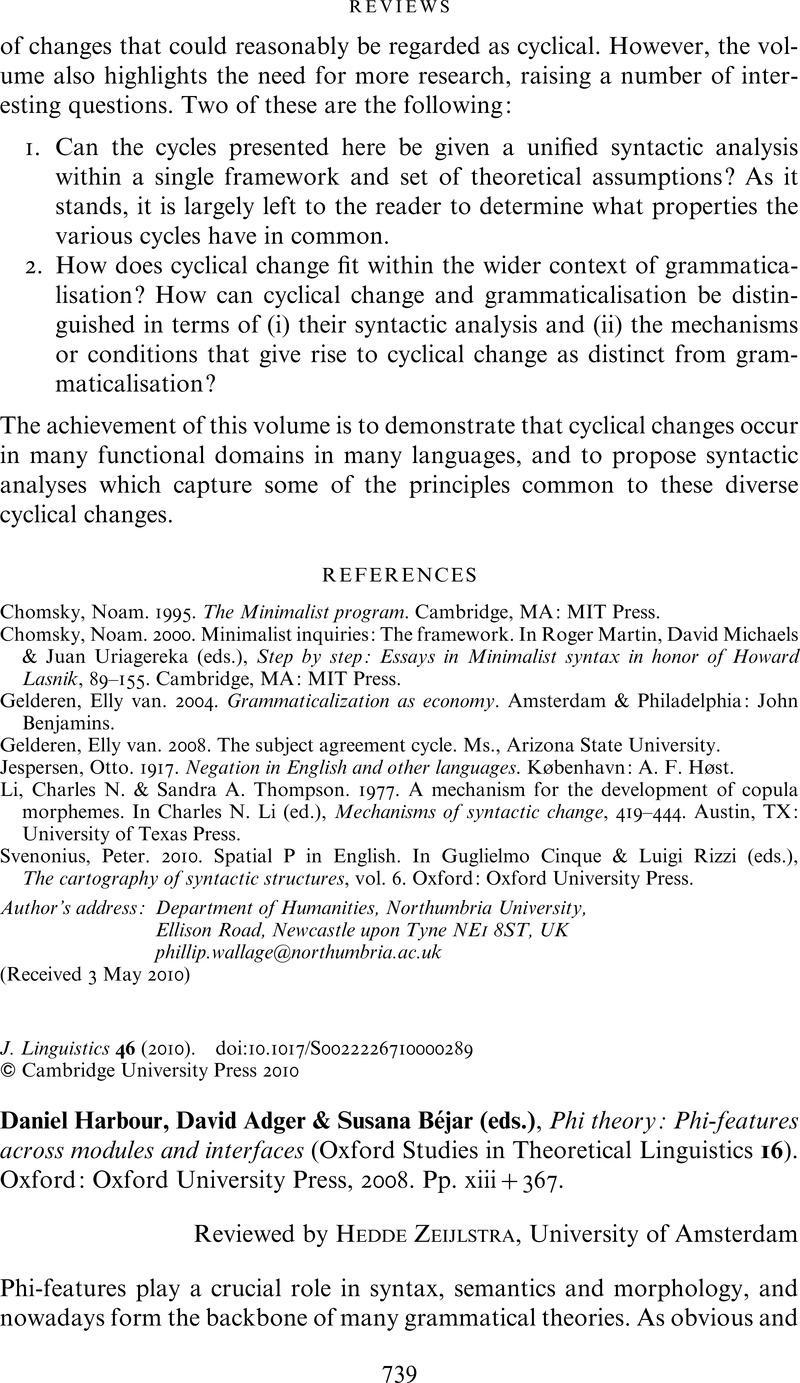Crossref Citations
This article has been cited by the following publications. This list is generated based on data provided by Crossref.
Odria, Ane
Berro, Ane
and
Fernández, Beatriz
2022.
Pertsona murriztapenak ditu egitura inpertsonalak: euskararen kasua.
Fontes Linguae Vasconum,
p.
191.



